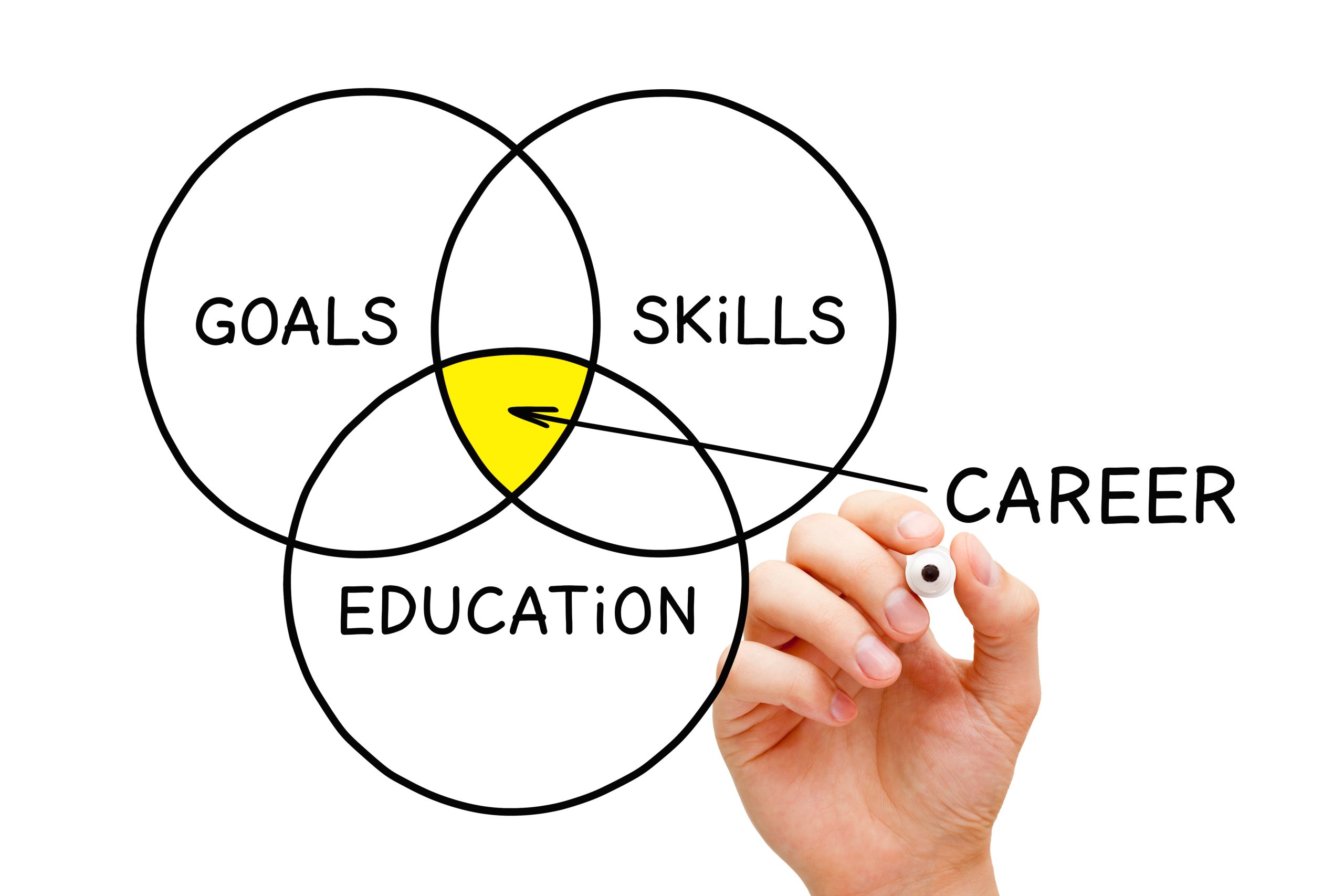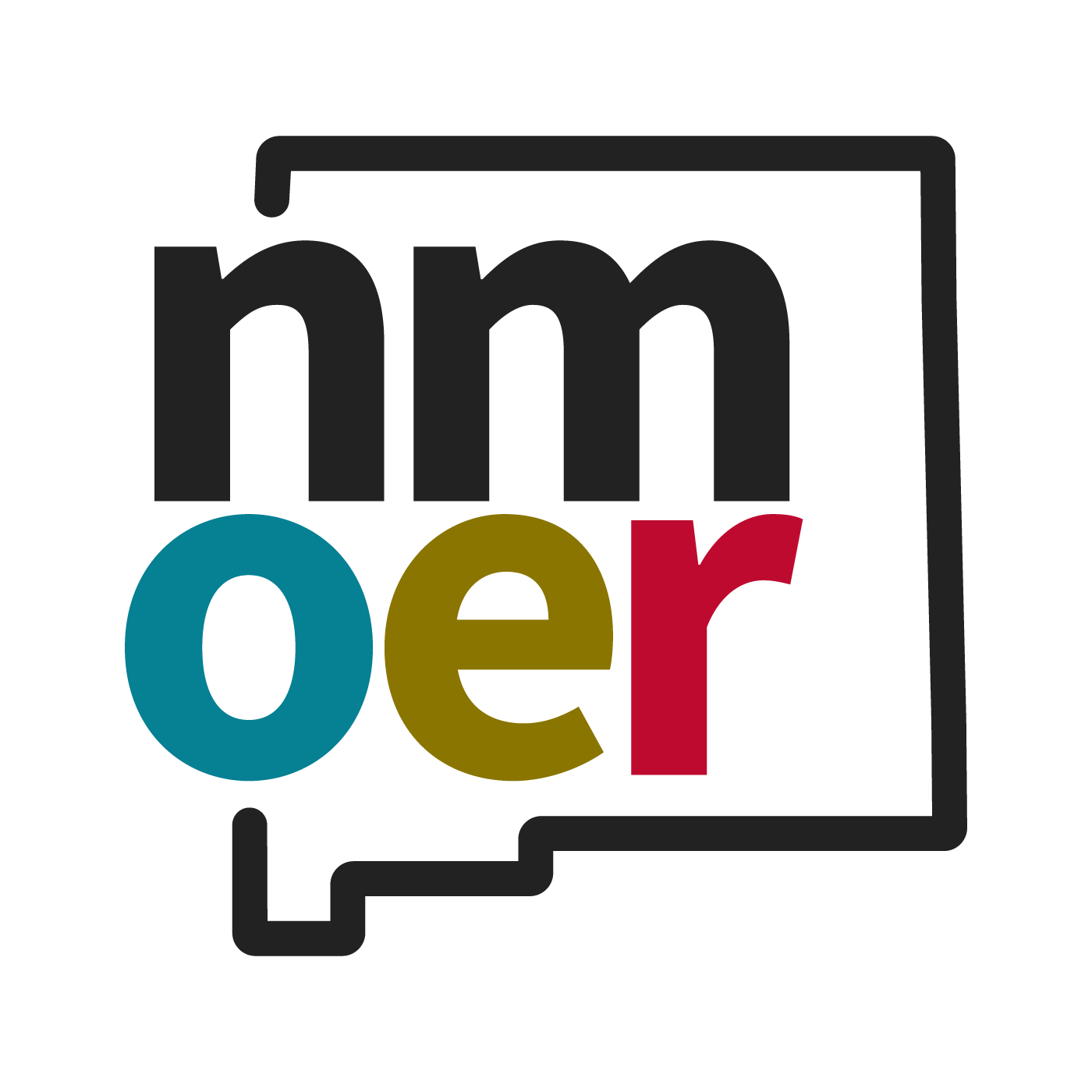Chapter 17: Career Development Process
Chapter Learning Objectives
- 17.1 Identify the five stages of career development and explain how personal experiences, values, and goals influence progression through each stage. (SLO 3)
- 17.2 Apply the Plan-Do-Check-Act model to evaluate current career goals and develop strategies for continuous improvement in career planning. (SLO 2, 3, 4)
- 17.3 Explore community and institutional resources available for career development, including workforce boards, career services, and nonprofit support programs. (SLO 2, 3, 4)

Think of a time in your childhood when you noticed somebody doing professional work. Maybe a nurse or doctor, dressed in a lab coat, was listening to your heartbeat. Maybe a worker at a construction site, decked in a hard hat, was operating noisy machinery. Maybe a cashier at the checkout line in a grocery store was busily scanning bar codes. Each day in your young life you could have seen a hundred people doing various jobs. Surely, some of the experiences drew your interest and appealed to your imagination.
If you can recall any such times, those are moments from the beginning stage of your career development. What exactly is career development? It is a lifelong process in which we become aware of, interested in, knowledgeable about, and skilled in a career. It is a key part of human development as our identity forms and our life unfolds.
Stages of Career Development
There are five main stages of career development which are easily identified with life stages. Each stage correlates with attitudes, behaviors, and relationships we all tend to have at that point and age. As we progress through each stage and reach the milestones identified, we prepare to move on to the next one.
Click on each stage of career development to read more:
Growing
This is a time in early years (4–13 years old) when you begin to have a sense about the future. You begin to realize that your participation in the world is related to being able to do certain tasks and accomplish certain goals.
Exploring
This period begins when you are a teenager, and it can extend into your mid-twenties. In this stage you find that you have specific interests and aptitudes. You are aware of your inclinations to perform and learn about some subjects more than others. You may try out jobs in your community or at your school. You may begin to explore a specific career. At this stage, you have some detailed “data points” about careers, which will guide you in certain directions.
Establishing
By now you are selecting or entering a field you consider suitable, and you are exploring job opportunities that will be stable. You are also looking for upward growth, so you may be thinking about advancing your education.
Maintaining
This stage is typical for people in their mid-forties to mid-sixties. You may be in an upward pattern of learning new skills and staying engaged. But you might also be merely “coasting and cruising” or even feeling stagnant. You may be taking stock of what you’ve accomplished and where you still want to go.
Reinventing
In your mid-sixties (or much older since our life expectancy has increased and many individuals find that they are able to actively work for longer), you are likely transitioning into retirement. But retirement in our technologically advanced world can be just the beginning of a new career or pursuit—a time when you can reinvent yourself. There are many new interests to pursue, including teaching others what you’ve learned.
Keep in mind that your career development path is personal to you, and you may not fit neatly into the categories described above. Perhaps your socioeconomic background changes how you fit into the schema. Perhaps your physical and mental abilities affect how you define the idea of a “career.” And for everyone, too, there are factors of chance that can’t be predicted or anticipated.
You are unique, and your career path can only be developed by you. During our working life, it is commonly expected that we will revise or create new careers in which we recycle through the exploring, establishing, and maintaining stages. This could be by choice as a result of new experiences or new information about ourselves or could be due to external circumstances such as a loss of employment or change in personal needs.
Plan-Do-Check-Act

PDCA (plan–do–check–act), is a four-step strategy for carrying out change. You can use it to evaluate where you are in the career-development process and to identify your next steps. The strategy is typically used in the business arena as a framework for improving processes and services. But you can think of your career as a personal product you are offering or selling.
Plan
What are your goals and objectives? What process will you use to get to your targets? You might want to plan smaller to begin with and test out possible effects. For instance, if you are thinking of getting into a certain career, you might plan to try it out first as an intern or volunteer or on a part-time basis. When you start on a small scale, you can test possible outcomes.
Do
Implement your plan. Sell your product—which is YOU and your skills, talents, energy, and enthusiasm. Collect data as you go along; you will need it for charting and analyzing in the Check and Act steps ahead.
Check
Look at your results so far. Are you happy with your job or wherever you are in the career-development process? How is your actual accomplishment measuring up next to your intentions and wishes? Look for where you may have deviated in your intended steps. For example, did you take a job in another city when your initial plans were for working closer to friends and family? What are the pros and cons? If you like, create a chart that shows you all the factors. With a chart, it will be easier to see trends over several PDCA cycles.
Act
How should you act going forward? What changes in planning, doing, and checking do you want to take? The PDCA framework is an ongoing process. Keep planning, doing, checking, and acting. The goal is continuous improvement.
Video: Plan Do Check Act cycle
Watch this video to hear and see more about the Plan Do Check Act cycle:
Conclusion
The five main stages of career development are unique for everyone and correlate with attitudes, behaviors, and relationships we all experience at certain points and ages in our lives. Since it is common for individuals to change careers five to seven times in a lifetime, it is important to know that there is a road map for career journeys with clear steps to lead the way. There are many career development resources available to you on campus, in the community, and online to assist you in identifying strategies and steps to creating a career path that works for you.
How to cite this chapter:
Allison, D. (n.d.). Chapter 17: Career Development Process. In Pouska, B. (Ed.), Business Professionalism. New Mexico Open Educational Resources Consortium Pressbooks. https://nmoer.pressbooks.pub/businessprofessionalism/
Licenses and Attributions
CC Licensed Content — Original
Bruce, L. (n.d.). Career development. Lumen Learning. (Licensed under CC BY 4.0.)
Bulsuk, K. G. (2008). PDCA cycle [Diagram]. Wikimedia Commons. (Licensed under CC BY 4.0.) Credit: Diagram by Karn G. Bulsuk, http://www.bulsuk.com.
Campos-Robledo, J., & Nguyen, T. (n.d.). Career/life planning and personal exploration. Lumen Learning, OER Commons. (Licensed under CC BY 4.0.)
All Rights Reserved Content
CQE Academy. (2021). PDCA (Plan-Do-Check-Act) Cycle | PDSA Cycle | Problem Solving! [Video]. YouTube. (Licensed under Standard YouTube License – All Rights Reserved.)
Original Chapter Source
Original chapter source: Adapted from Career Planning and Personal Exploration by Dawn Allison.

